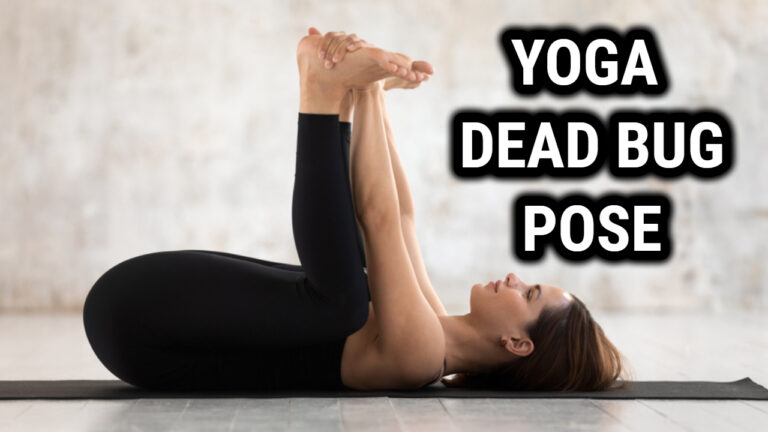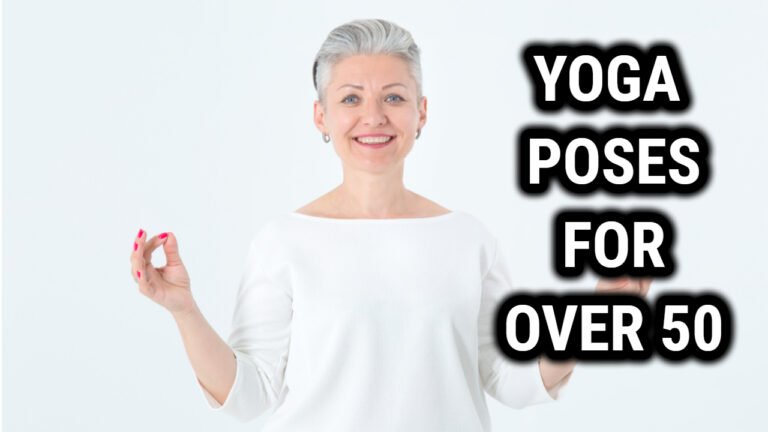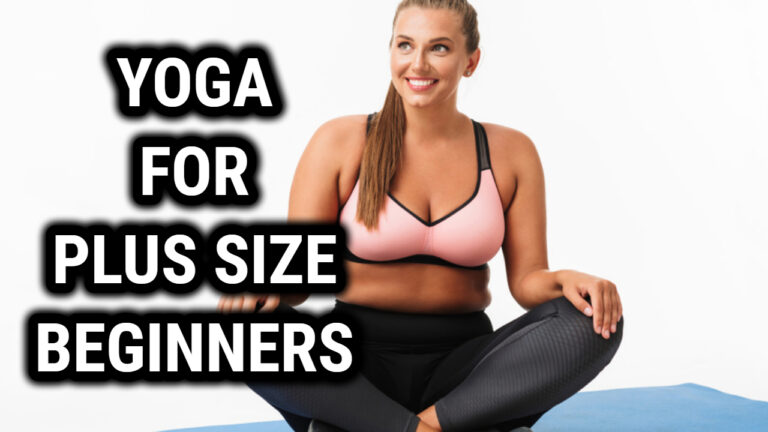Iyengar Yoga Poses: Improve Your Alignment and Flexibility with These Asanas

Yoga is a popular form of exercise that has been practiced for centuries. It can help to improve flexibility, strength, and balance. One type of yoga that is growing in popularity is Iyengar yoga. This form of yoga focuses on proper alignment, precise movements, and the use of props. In this article, we’ll discuss the benefits of Iyengar yoga poses and how they can be incorporated into your practice.
Iyengar yoga was developed by B.K.S Iyengar in the early 20th century. He believed that using props such as belts, blocks, and bolsters could help individuals achieve a deeper level of practice with correct alignment and precision. This style of yoga is particularly useful for those who are just starting out or those who are recovering from an injury as it allows them to modify the poses according to their needs.
The poses used in Iyengar yoga can range from simple standing poses to more complex inverted poses such as headstands and handstands. Each pose has its own set of benefits and can help to improve your physical health as well as mental clarity and focus. We’ll go over some common Iyengar poses later in this article so you can get started on your journey towards improved wellness.
Benefits Of Practicing Iyengar Yoga
Iyengar yoga is a form of yoga that focuses on precision and alignment. The practice offers many benefits that can improve physical and mental health. Here are some of the potential iyengar yoga benefits:
- Increased relaxation
- Improved posture
- Strength training
- Enhanced focus
- Improved balance
One of the most noticeable iyengar yoga benefits is increased relaxation. Practicing this form of yoga encourages deep breathing exercises which can help to reduce stress levels and promote relaxation. This type of breathing also helps to increase oxygenation, providing more energy for all body systems. Additionally, it encourages mindfulness, allowing students to be aware of their breath and body in each moment.
Another benefit of practicing iyengar yoga is improved posture. The poses are performed with precision, focusing on proper alignment while strengthening the muscles along the spine in order to support better posture. Furthermore, strength training is another key component to Iyengar Yoga as it helps build muscle tone and strength throughout the entire body.
Improved focus and balance are two other beneficial aspects of Iyengar Yoga practice. By incorporating poses that challenge balance, practitioners gain a greater sense of control over their bodies as well as increased concentration and awareness in every movement they make. With regular practice, these improvements will become more pronounced and assist with daily life activities such as driving or working at a desk for extended periods of time.
Common Iyengar Yoga Poses to Try
Iyengar yoga is known for its focus on alignment and the use of props to achieve it. Here are some common Iyengar yoga poses that you can try:
| Poses | Benefits |
|---|---|
| Triangle Pose | Stretches the legs, hips, and spine. Improves digestion and relieves stress. |
| Tree Pose | Strengthens the legs and improves balance. Helps to calm the mind and reduce anxiety. |
| Downward-Facing Dog | Stretches the hamstrings, calves, and spine. Strengthens the arms and shoulders. Calms the mind and relieves stress. |
| Child’s Pose | Relieves stress and tension in the back, neck, and shoulders. Calms the mind and helps to reduce anxiety. |
When practicing these poses, it is important to focus on proper alignment and use of props to achieve it. For example, in the triangle pose, using a block can assist in stretching the lower hand to the ground and give a better massage to abdominal organs, aiding in improving the digestive system.
Remember to move slowly and mindfully, and always listen to your body. If you experience any pain or discomfort, modify the pose or come out of it altogether. With consistent practice, these common Iyengar yoga poses can help to improve flexibility, strength, and overall well-being.
Additional Iyengar Poses
- Reverse Triangle Pose (Parivrtta Trikonasana)
- Standing Forward Bend (Uttanasana)
- Extended Side Angle Pose (Utthita Parsvakonasana)
- Chair Pose (Utkatasana)
- Warrior I (Virabhadrasana I)
- Warrior II (Virabhadrasana II)
- Seated Forward Bend (Paschimottanasana)
- Cat-Cow Pose (Marjaryasana-Bitilasana)
- Half Moon Pose (Ardha Chandrasana)
- Supported Headstand (Salamba Sirsasana)
- Plank Pose (Kumbhakasana)
- Bridge Pose (Setu Bandha Sarvangasana)
- Revolved Triangle Pose (Parivrtta Trikonasana)
- Revolved Side Angle Pose (Parivrtta Parsvakonasana)
- Revolved Half Moon Pose (Parivrtta Ardha Chandrasana)
- Side Plank Pose (Vasisthasana)
- Head-To-Knee Pose (Janu Sirsasana)
How to Practice Iyengar Yoga Poses Safely
When practicing Iyengar Yoga poses, it is important to prioritize safety to avoid any injuries. Here are some tips to help you practice Iyengar Yoga poses safely:
- Start with the basics: If you are new to Iyengar Yoga, start with the basic poses and gradually work your way up to more advanced poses. This will help you build strength and flexibility while minimizing the risk of injury.
- Listen to your body: Pay attention to how your body feels during each pose. If you feel any pain or discomfort, ease out of the pose or modify it to suit your body’s needs.
- Use props: Iyengar Yoga is known for its use of props such as blocks, straps, and blankets. These props can help you achieve proper alignment and support your body during the poses.
- Work with a qualified instructor: A qualified Iyengar Yoga instructor can help you learn the correct alignment for each pose and provide guidance on how to modify poses to suit your body’s needs.
- Breathe: Proper breathing is essential in Iyengar Yoga. Focus on deep, even breaths throughout each pose to help calm your mind and maintain control over your body.
By following these tips, you can practice Iyengar Yoga poses safely and reap the benefits of this powerful practice.
Also Read: Twisting Yoga Poses: Benefits, Techniques, and Precautions
What To Expect In A Class
The structure of an Iyengar class typically consists of guided instruction and a practice of asanas (poses). During the instruction, the teacher will demonstrate and explain each pose in great detail. They may also use props such as blocks, straps, or bolsters to assist with getting into each pose. The emphasis is on proper alignment with focus on precision and comfort during the practice.
In addition to asanas, some restorative poses may be included in an Iyengar class. These poses are slower-paced and involve holding postures for longer durations with support from props such as blankets and bolsters. This helps relax the body while still providing a challenging experience.
Iyengar classes offer participants a chance to build strength and flexibility in their bodies while experiencing increased levels of mindfulness and relaxation. Whether you’re a beginner or experienced practitioner, this type of yoga provides an opportunity for growth both physically and mentally.
Incorporating Meditation
Iyengar yoga is a great way to combine physical poses with meditation. It can be used to create a mindful practice and improve your mental focus. By incorporating meditation into your yoga practice, you can access deeper states of relaxation.
Meditation is an integral part of iyengar yoga, and it involves focusing on the breath and being aware of one’s body. To start, take several slow, deep breaths before beginning your yoga poses. This helps to relax the body and mind so that you can become more aware of your thoughts and emotions as you move through the poses. As you pay attention to each breath, try to keep your focus on the present moment rather than getting caught up in any negative thoughts or feelings.
In addition to focusing on the breath during meditation, there are also other breathing techniques which can be used while doing yoga poses. These techniques help to increase energy levels and promote a sense of calmness throughout the practice. As you move through each pose, take time to connect deeply with your breath and observe how it affects your body as well as your mind. With regular practice, these mindful moments allow for greater insight into our innermost selves and can help us develop mental clarity and emotional stability.
By combining physical poses with meditation, iyengar yoga offers numerous benefits for both body and mind alike. Through this mindful practice we can learn how to be more present in our lives while developing greater understanding of ourselves.
Related Read: Top Benefits of Using a Yoga Strap in Your Practice – Improve Your Postures
Conclusion
Iyengar Yoga is a practice that emphasizes the importance of alignment, sequencing, and timing in each pose. The use of props and modifications allows for practitioners of all levels to experience the benefits of each pose in a safe and effective way.
By incorporating these 8 effective Iyengar Yoga poses into your practice, you can improve your posture, increase flexibility, tone your muscles, and calm your mind. However, it is important to remember that each individual’s body is unique and may require modifications or variations to fully experience the benefits of each pose.
Whether you are a beginner or an experienced practitioner, Iyengar Yoga offers a holistic approach to physical and mental well-being. By focusing on alignment and mindfulness in each pose, you can cultivate a deeper awareness of your body and mind, and ultimately improve your overall quality of life.






